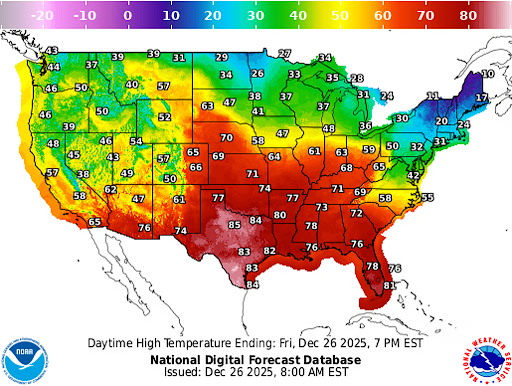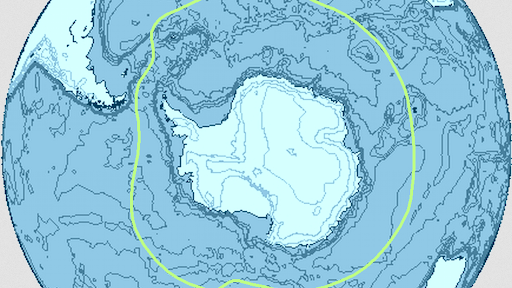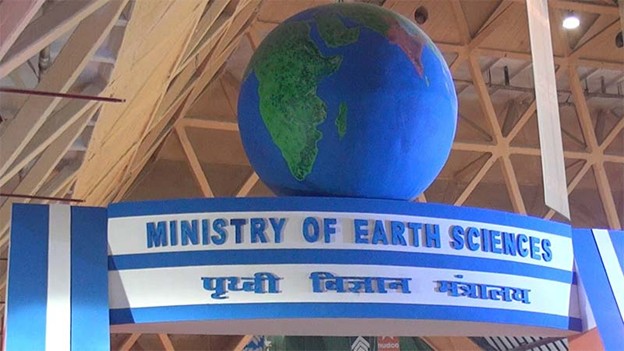



Gyatso Lepcha, a prominent campaigner from Sikkim, has denounced the recent expansion of the Khangchendzonga massif, which is sacred to the state's indigenous peoples.

Copyright infringement not intended
Source: DowntoEarth
Sikkim has urged the Union Government to consider banning mountaineering activity on Mt. Khangchendzonga, citing its profound religious significance to the state's indigenous populations.
|
Location |
Lies in the eastern Himalayas, straddling the India–Nepal border, 74 km north-northwest of Darjeeling |
|
Elevation |
8,586 metres (28,169 ft) – a third-highest mountain in the world and the highest peak in India |
|
States Associated |
Located between Sikkim (India) and Taplejung District (Nepal) |
|
Protected Area |
The Indian side lies within the Khangchendzonga National Park in Sikkim |
|
Geographical Features |
Comprises five prominent peaks, known as the “Five Treasures of the Snow” in Sikkimese belief |
|
Major Glaciers |
Zemu Glacier (northeast), Talung Glacier (southeast), Yalung Glacier (southwest), Kanchenjunga Glacier (northwest) |
|
Snowfall Pattern |
Heavy summer snowfall due to monsoons; lighter snowfall in winter |
|
Practice Question: Q. Consider the following statements about Mt. Khangchendzonga:
Which of the statements given above is/are correct? A. 1 and 2 only Correct Answer: C. 1 and 3 only Explanation:
|





© 2026 iasgyan. All right reserved